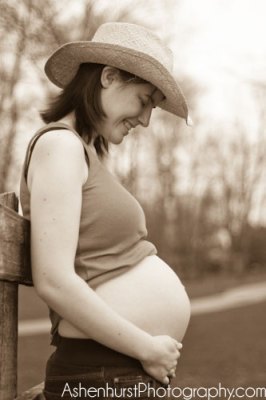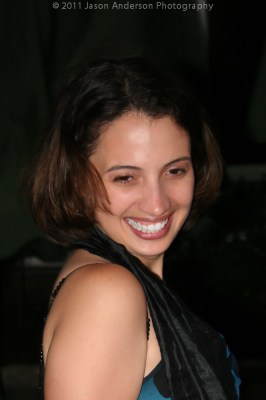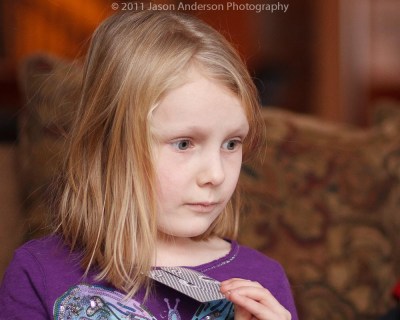A while ago I was thinking about what would be the best way to set up all the hardware for a studio scenario and blogging about it with the reading audience. The idea of the Tether Table came to me quickly and on approaching the folks at Tether Tools, it was met with equal enthusiasm. So, in short order, one was dispatched to me for review here on the blog – this will be the one given away in the upcoming end of month finale for the March Flickr Contest. So, without further ado, I give you:
The Aero-Master Tether Table
The Tether Table is a pretty straightforward device – it comes with the table itself, made out of T6 Aerospace Aluminum (whatever that is). Regardless of what the official name is – this table is pretty solid – I have no doubts as to whether it might bend under the weight of a laptop. What I found to be really nice is that it spins onto a tripod (sans head of course) quite nicely, and just as easily fits over the top of a light stand. The stability is also pretty equal between the two once it’s locked down.
So, how does the table lock down? There’s four little Allen screws that tie the female acceptor tube to the bottom of the table through the top. Their design makes them lay seamlessly flat so no worries about your laptop getting off kilter. Here’s a few sample shots to show you the design:


The other part that bears mentioning is the additonal kit item (not included normally with a Tether Table) is the Jerkstopper – a handy little device that attaches at both the laptop and camera end to avoid getting cables tugged out of your connection points. They really help to keep equipment from falling, plugs or connectors from getting ripped or damaged, and the add-on value is well worth the $22! Here’s the product shot from Tether Tools site to give you an idea…

The first problem I found was that it does require either a light stand or a tripod. So, if your camera normally goes on a tripod (mine does) and you have an external flash that goes on the light stand (mine does), then either the flash has to become more of a portable device (enter the wireless trigger system), or you need to get another light stand. I initially lucked out in that I am/was running the triggers through their paces for my good friend Kerry Garrison over at Blackbelt Lighting for an upcoming review this Friday, but the need for another light stand has become pretty clear to me. When I am using two-light setups though, things could get complicated, but that’s a personal gear issue, nothing really to do with the Tether Table itself, so no harm no foul there.
The second problem I found was budgetary. While the sturdy construction and clean polished look and feel are certainly features I can appreciate, being on a budget, the cost of entry to obtain a Tether Table of this caliber is a little pricey for my blood. At $179 for the Table and another $22 for the Jerkstopper kit, we’re over $200 and while it’s not inconceivable, it’s certainly rich for the enthusiast blood. For most professionals it is easily justified and likely something you can itemize in an invoice if needed. So, not completely out of reach, but up there for sure. Oh well, no one ever said photography was going to be cheap!
When all is said and done, I do think it’s a worthwhile investment. These can be invaluable in a studio or on-location shoot where you need to be moving around in between shots. The benefits of both the Tether Table and the companion Jerkstopper could be invaluable in a number of environments, including macro photography, food photography, portrait photography, and most product photography where a dedicated preview monitor would be super handy to have! To that end, I will be sad to see it go, but alas, the Contest Series gets priority! Thanks to the folks at Tether Tools for their generous contribution, and best of luck to all the participants! (If you haven’t entered your photo yet, the theme is FLAT, and the contest link is both here and at the top of the page!)
Have you got an idea for a product review? Is there something you’d like to see a test drive on? Sound off in the comments and I’ll try my darndest to make things happen! See you next time here on the blog. (And don’t forget the Facebook page where the “Behind-the-Scenes” video is posted on using this very table!…”Likes” and comments there are always appreciated too!).























